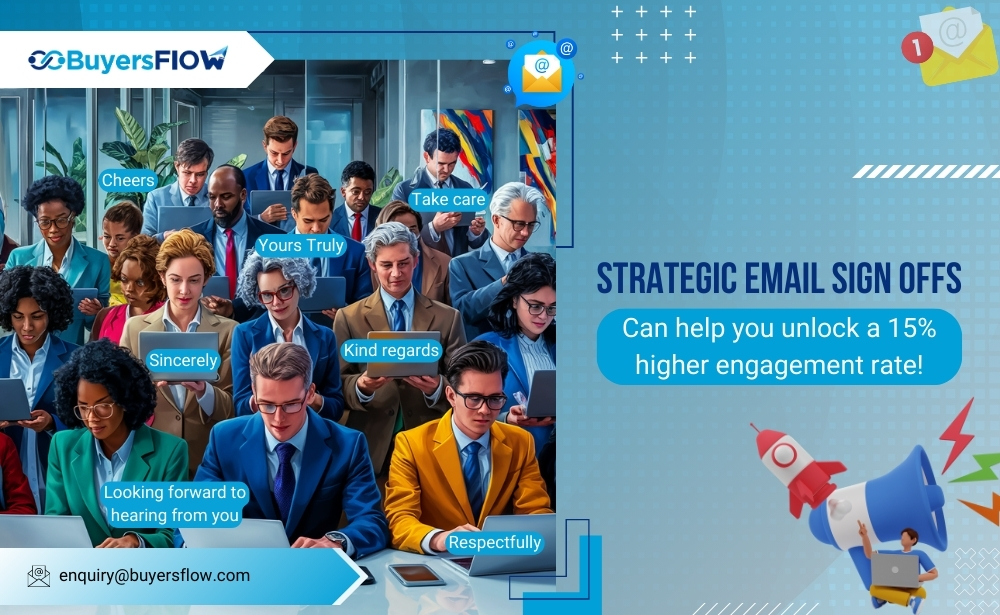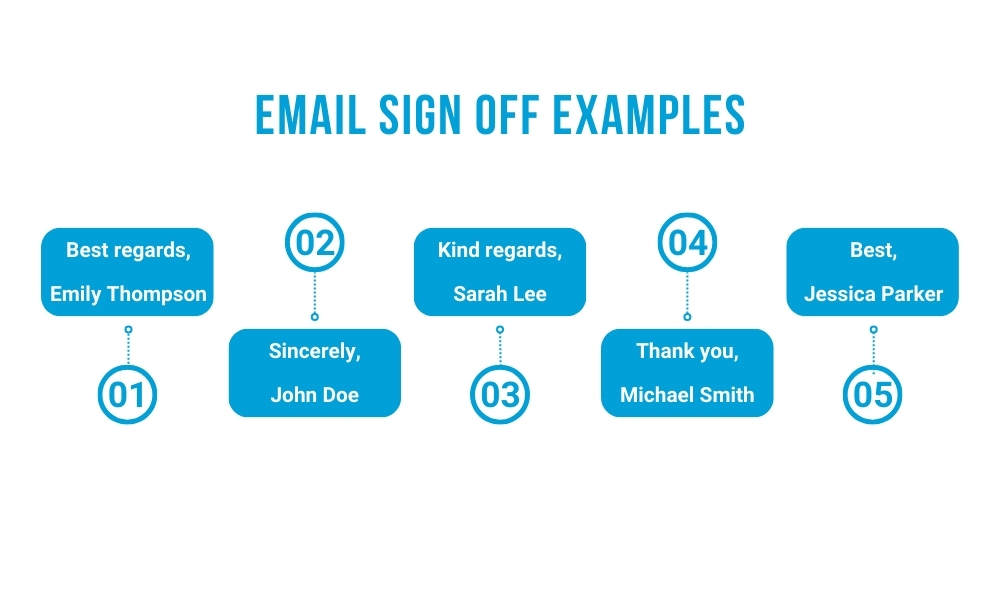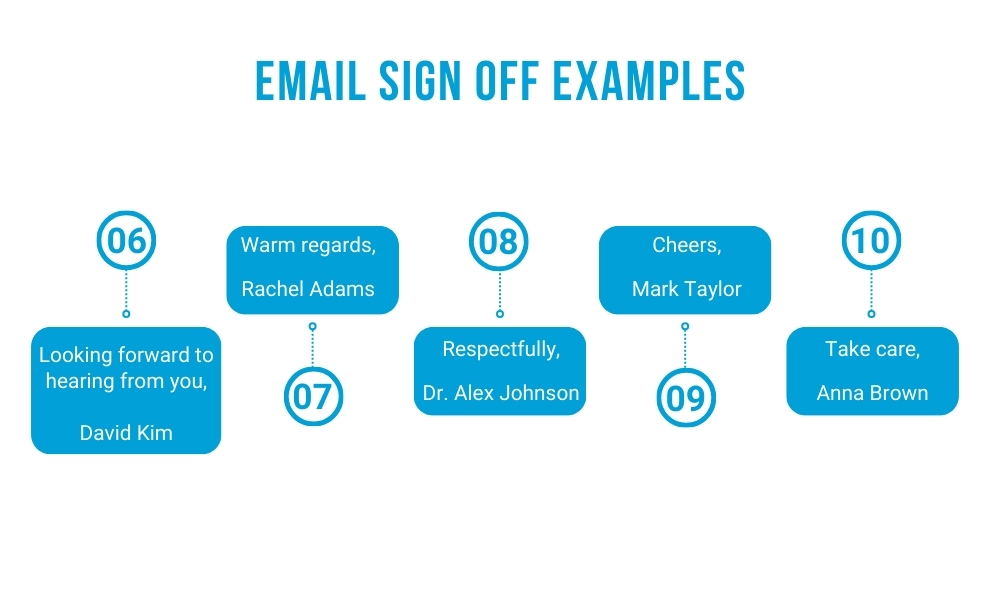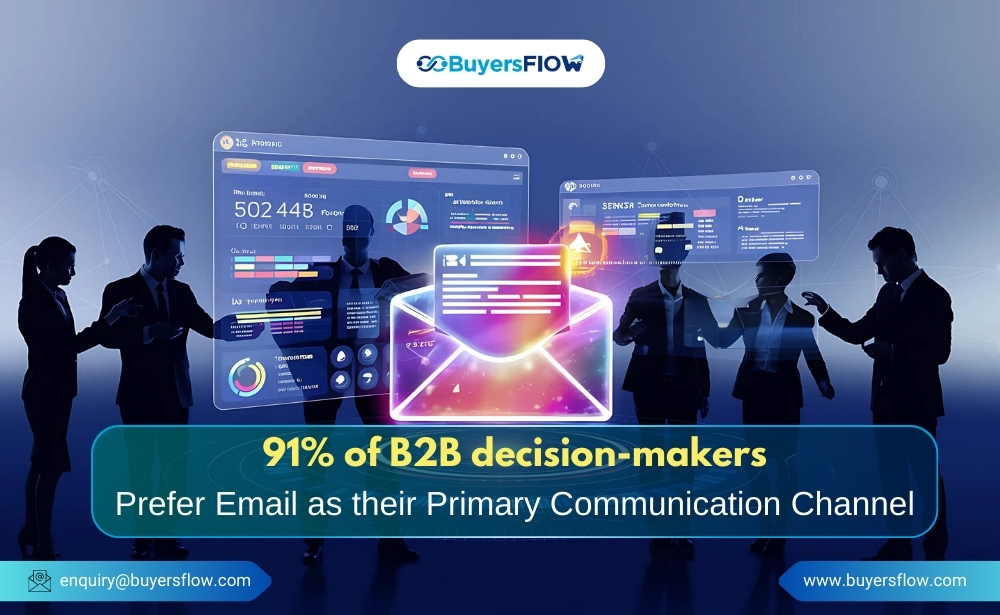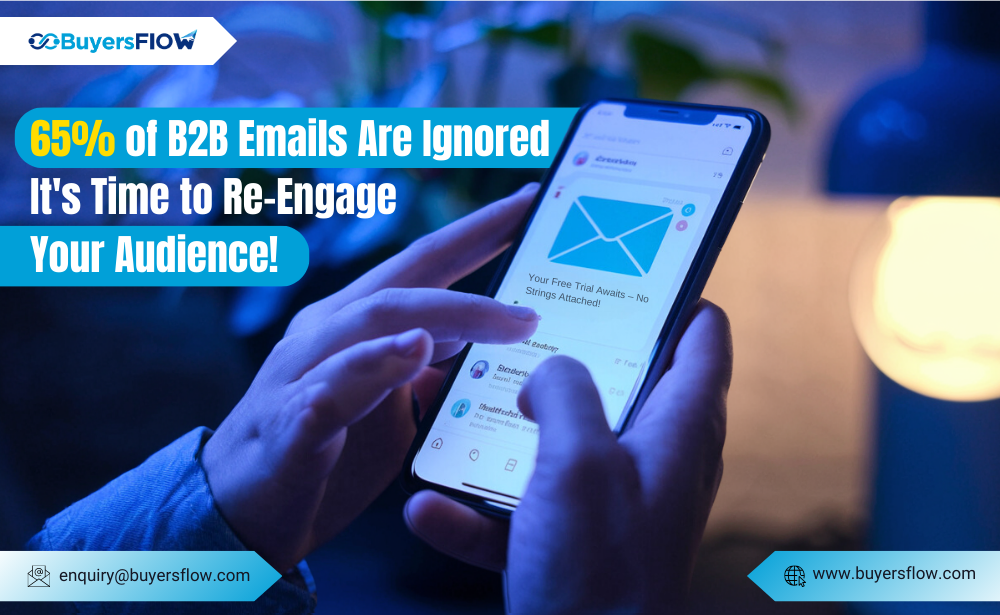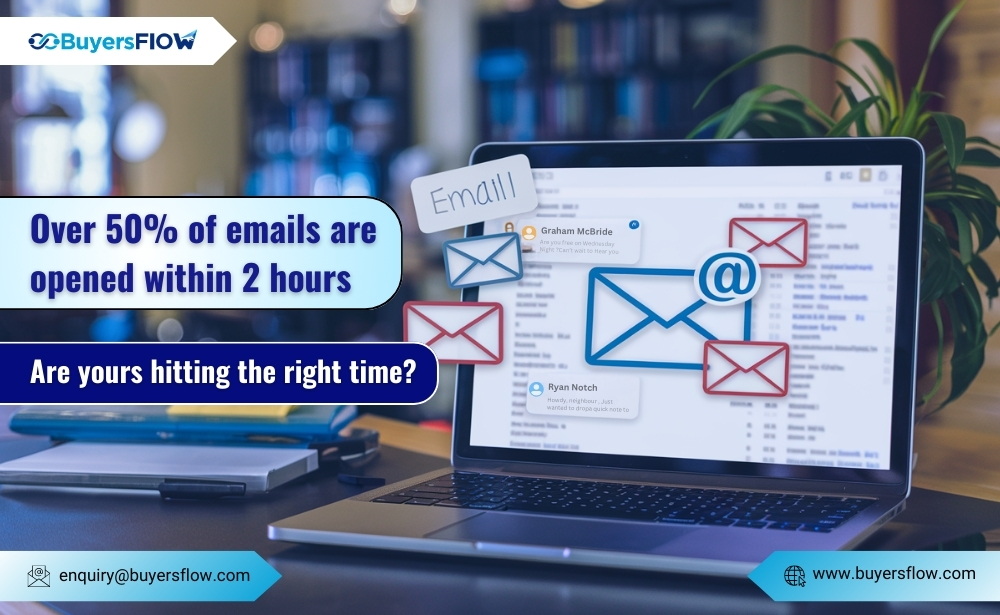Crafting the perfect email involves more than just the content of the message. Your email sign-off is the last impression you leave, and it can significantly impact how your recipient perceives you. Whether you’re sending a formal business email, a casual message to a colleague, or a follow-up with a potential client, the way you close your email matters.
In this blog, we’ll explore 10 professional email sign-off examples that will make you stand out, along with tips to enhance their impact and common mistakes to avoid.
Here Is A List Of Top Email Sign Off Examples:
1. Best regards
Example:
Best regards,
Emily Thompson
Why It Works: “Best regards” is a versatile and universally accepted email sign-off that exudes professionalism and warmth. It’s perfect for formal and semi-formal communications, making it a safe choice for various situations.
Tip: Pair it with your full name to maintain a formal tone.
Mistake to Avoid: Avoid using this sign-off in highly casual emails; it may come off as too stiff.
2. Sincerely
Example:
Sincerely,
John Doe
Why It Works: “Sincerely” is one of the classic email sign off examples that shows respect and sincerity. It’s particularly effective in formal settings such as job applications, business proposals, or official correspondence.
Tip: Use it when you want to emphasize respect and genuine intent.
Mistake to Avoid: It can feel overly formal in casual or friendly emails, so choose your context wisely.
3. Kind regards
Example:
Kind regards,
Sarah Lee
Why It Works: “Kind regards” strikes a balance between friendliness and professionalism. It’s a go-to sign-off for semi-formal emails where you want to be polite without being overly familiar.
Tip: Ideal for ongoing business relationships or follow-up emails.
Mistake to Avoid: Excessive use can make it sound insincere, so mix it up with other sign-offs in long email chains.
4. Thank you
Example:
Thank you,
Michael Smith
Why It Works: Expressing gratitude is always a good idea. “Thank you” is simple, direct, and conveys appreciation, making it an excellent choice when someone has done something for you or when you’re asking for a favor.
Tip: Use it to reinforce appreciation or when you’ve requested action from the recipient.
Mistake to Avoid: Ensure your email genuinely warrants a “Thank you” to avoid seeming disingenuous.
5. Best
Example:
Best,
Jessica Parker
Why It Works: “Best” is a modern, minimalist sign off that is friendly yet professional. It’s suitable for both formal and informal emails and is often used in the tech and creative industries.
Tip: Use it for a lighter, more casual tone while maintaining professionalism.
Mistake to Avoid: It can seem too brief or impersonal in highly formal contexts.
6. Looking forward to hearing from you
Example:
Looking forward to hearing from you,
David Kim
Why It Works: This sign-off encourages a response, making it ideal for emails where you expect a reply. It’s both polite and assertive, showing that you value the recipient’s input.
Tip: Use it in emails where a follow-up is needed.
Mistake to Avoid: Avoid using it when no response is required, as it can create unnecessary pressure on the recipient.
7. Warm regards
Example:
Warm regards,
Rachel Adams
Why It Works: “Warm regards” adds a touch of friendliness to your professionalism. It’s perfect for situations where you want to express a more personal connection without losing formality.
Tip: Use it in emails to colleagues or clients with whom you have an established relationship.
Mistake to Avoid: It may feel too informal in very strict or corporate environments.
8. Respectfully
Example:
Respectfully,
Dr. Alex Johnson
Why It Works: “Respectfully” is a sign off that conveys deep respect and is often used in hierarchical settings or formal communications, such as with supervisors or clients.
Tip: Use it when addressing someone in a higher position or when discussing sensitive topics.
Mistake to Avoid: Avoid using it in casual or peer-to-peer communication, as it can come across as overly formal.
9. Cheers
Example:
Cheers,
Mark Taylor
Why It Works: “Cheers” is a friendly and informal email sign-off that’s increasingly popular in creative industries and among younger professionals. It’s great for building rapport and conveying a relaxed tone.
Tip: Use it in informal or semi-formal communications, especially within creative industries.
Mistake to Avoid: It’s too informal for very formal business communications or emails to superiors.
10. Take care
Example:
Take care,
Anna Brown
Why It Works: “Take Care” offers a warm, caring touch while maintaining a level of professionalism. It’s a good choice for semi-formal or personal emails, especially when you want to express concern or well wishes.
Tip: Use it when you want to convey empathy or concern.
Mistake to Avoid: Avoid using it in strictly formal settings, as it might seem too personal.
Tips for Choosing the Right Sign-Off
- Match the tone of your email: Your sign-off should complement the tone of your email. A formal email requires a formal sign-off, while a casual email can end with something more relaxed.
- Consider your relationship with the recipient: The closer your relationship, the more informal you can be. For first-time contacts or formal business relationships, stick to more traditional sign offs.
- Be consistent: Once you’ve established a sign-off style with someone, it’s a good idea to stick with it to maintain consistency and professionalism.
Common Mistakes to Avoid
- Being too informal in formal settings: Avoid overly casual sign-offs in formal business emails, as they can be perceived as unprofessional or disrespectful.
- Overusing one sign-off: Using the same sign-off in every email can come across as robotic or insincere. So, change your sign-offs depending on the situation.
- Forgetting your name: Always include your name with your sign-off, especially in professional communications. It reinforces your identity and professionalism.
Conclusion
Your email sign-off is more than just a closing; it’s the final impression you leave behind. By selecting the right sign off for each situation, you can enhance your professionalism and ensure your emails are memorable. Try out these email sign off examples to see which ones align with your communication style and notice the difference they make.
Want to make sure your email sign-offs are always on point? Let BuyersFlow’s AI email writing feature guide you in selecting the perfect closing every time. Sign up now!
